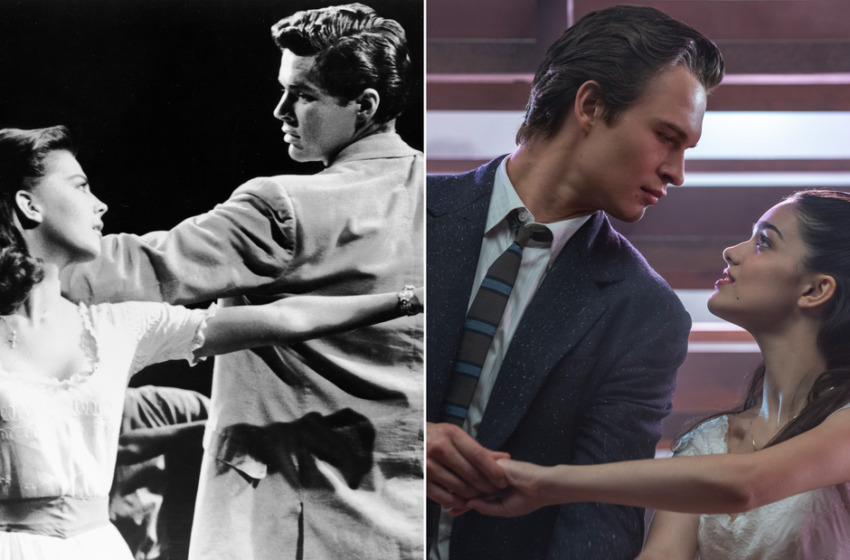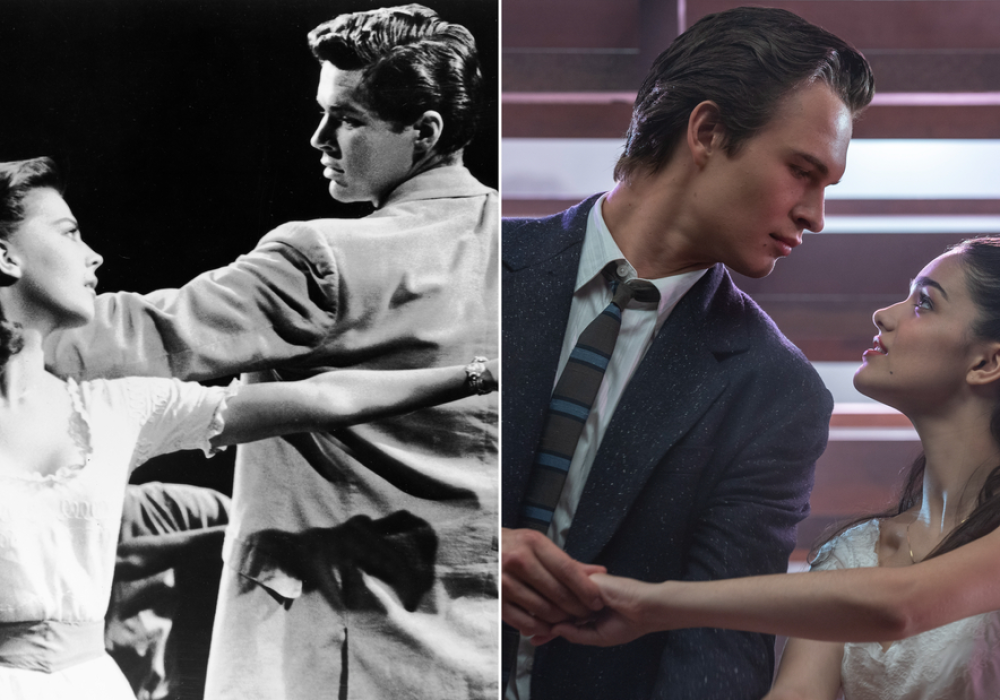The original 1961 film won 10 Oscars, including Best Picture. But for decades this retelling of “Romeo and Juliet” through the lens of White and Puerto Rican gangs in New York has been panned by Puerto Ricans who felt insulted by the way characters from the island were portrayed.
The songs are largely the same, but the story is different in several notable ways — especially when it comes to the movie’s Puerto Rican characters.
Here’s a look at how the new “West Side Story” responds to some of the missteps of the original film.
How Spielberg tried to solve the problem of Maria
Natalie Wood played Maria in the 1961 film, with Marni Nixon’s voice dubbed in for all the heroine’s songs. Neither one of them was Puerto Rican, or even Latina; most of the movie’s cast wasn’t, either.


Zegler’s been getting rave reviews for her performance. Still, not everyone is sold on the casting choice.
There’s no one wearing brownface in this movie
In the original “West Side Story,” many of the actors playing Puerto Rican characters were forced to wear the same dark brown makeup — even Rita Moreno, who is Puerto Rican and played the character of Anita.
When she raised that point on set, Moreno said she got a surprising response.
“The makeup man actually said to me, ‘What? Are you a racist?’ I was so flabbergasted that I couldn’t come back with an answer.”


Thankfully, no one in the 2021 film is wearing brownface. A diverse cast of actors are playing Puerto Rican characters, including Ariana DeBose, who’s Afro-Latina and plays Anita.
And this time around, Moreno’s observations weren’t dismissed. She plays a new character written for this version, Valentina. She was an executive producer of the movie. And she regularly spoke with the cast about what it was like growing up as a Puerto Rican in America.
The words to an iconic song have changed
For many fans, “America” is one of the most beloved and well-known songs from “West Side Story.” The rousing dance number is also a searing debate between Anita and her boyfriend Bernardo over the costs and benefits of migration to the US mainland.
But many of the lyrics sung by Anita painted Puerto Rico in a negative light, in both the 1957 musical (“island of tropical diseases”) and the 1961 movie (“let it sink back in the ocean”).
That drew criticism when Spielberg and Kushner traveled to the University of Puerto Rico in 2018 to meet with students and faculty for input while they were making the new movie.


“No one leaves this island without sobbing,” Isel Rodriguez said. “Three hundred thousand people left the island after Maria and the scene at the airport was like a funeral.”
In the end, Spielberg’s version of “America” cuts the song’s most controversial lines. There’s no one wishing an island where millions of people live should sink into the ocean.
By paring down the lyrics, the new version sharpens the focus of the song to the debate over whether life on the US mainland is good or bad for Puerto Ricans, rather than dragging Puerto Rico and its people through the mud.
The Sharks finally get backstories
Broadway composer and lyricist Lin Manuel-Miranda, whose parents moved to New York from Puerto Rico, has said that for Latinos, “West Side Story” has been “our greatest blessing and our greatest curse.”
In the original movie, the Caucasian Jets also get a lot more screen time than the Sharks, their Puerto Rican rivals. In this version, the Sharks are still gang members, but we finally get a chance to learn more about some of them.


Tony Kushner’s screenplay creates back stories for Puerto Rican characters that in the original were two-dimensional at best, and stereotypical at worst.
In the 2021 film, Chino is going to school to be an accountant. Bernardo is a boxer who came to New York more recently. Anita is a seamstress who’s saving money because she wants to open her own dress shop someday. Maria and her friends work on a cleaning crew at Gimbels department store.
Valentina, the new character written for this movie, is a widow running her store and trying to navigate life between two cultures. And everyone who lives in their neighborhood — Sharks and Jets alike — is about to get evicted so wrecking balls can tear down their homes to make way for the construction of Lincoln Center.
Spanish is spoken much more — and with a Puerto Rican accent
A few Spanish phrases were sprinkled into the original “West Side Story” — often delivered with accents that sounded more like Americans overacting than the way Puerto Ricans living in New York actually speak.
The Spanish in Spielberg’s film is delivered with trademark Puerto Rican phrases and accents. It’s spoken — without any subtitles — in intimate scenes like conversations between Maria and Anita at home.


And the only time it sounds stilted makes sense in the story — when non-native speakers like Tony, Maria’s Polish-American love interest, are trying to say something in Spanish.
The team behind this movie tried to do their homework


Spielberg and Kushner took a different tack, spending time researching Puerto Rican communities that lived in New York in 1957, when the musical is set. The visit to the University of Puerto Rico was one of many conversations.
Kushner has said the team behind the film also met with history experts and worked with native speakers — including dancers and actors in the cast — to make sure the Spanish phrases were written and used correctly.
But the jury’s still out on whether that will persuade Puerto Ricans who were uncomfortable with — or outraged by — the original movie to give this “West Side Story” a chance.










